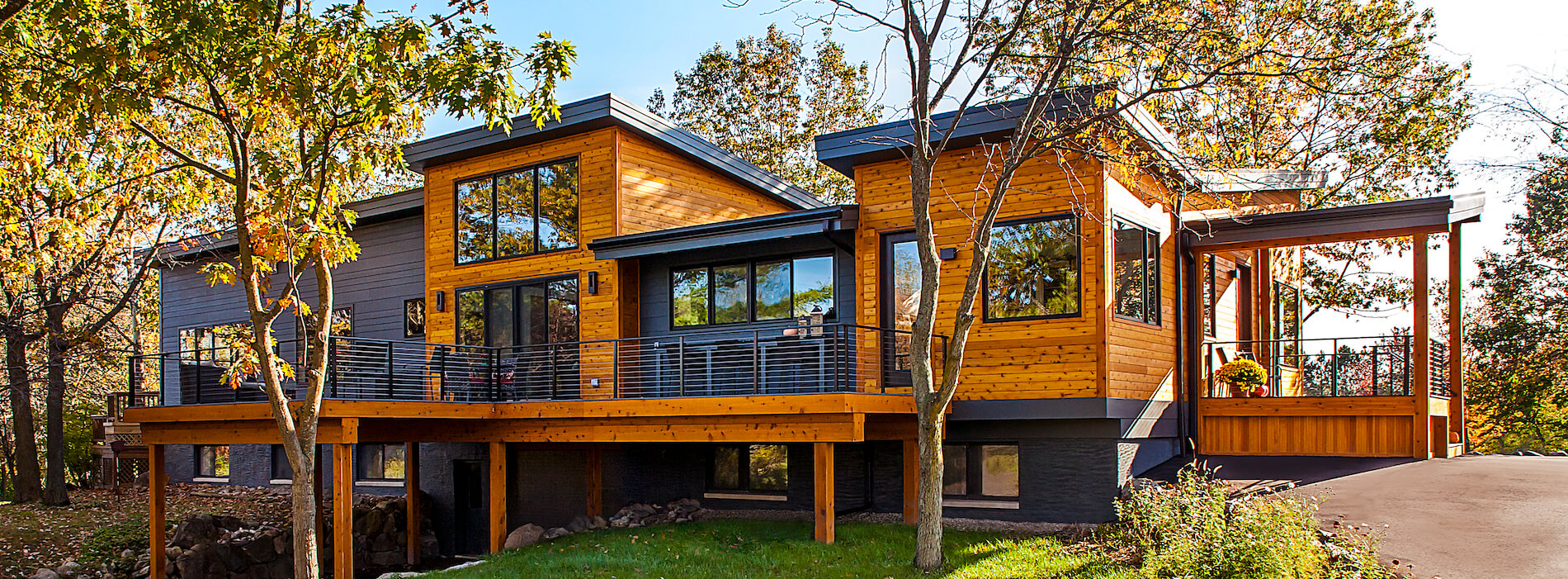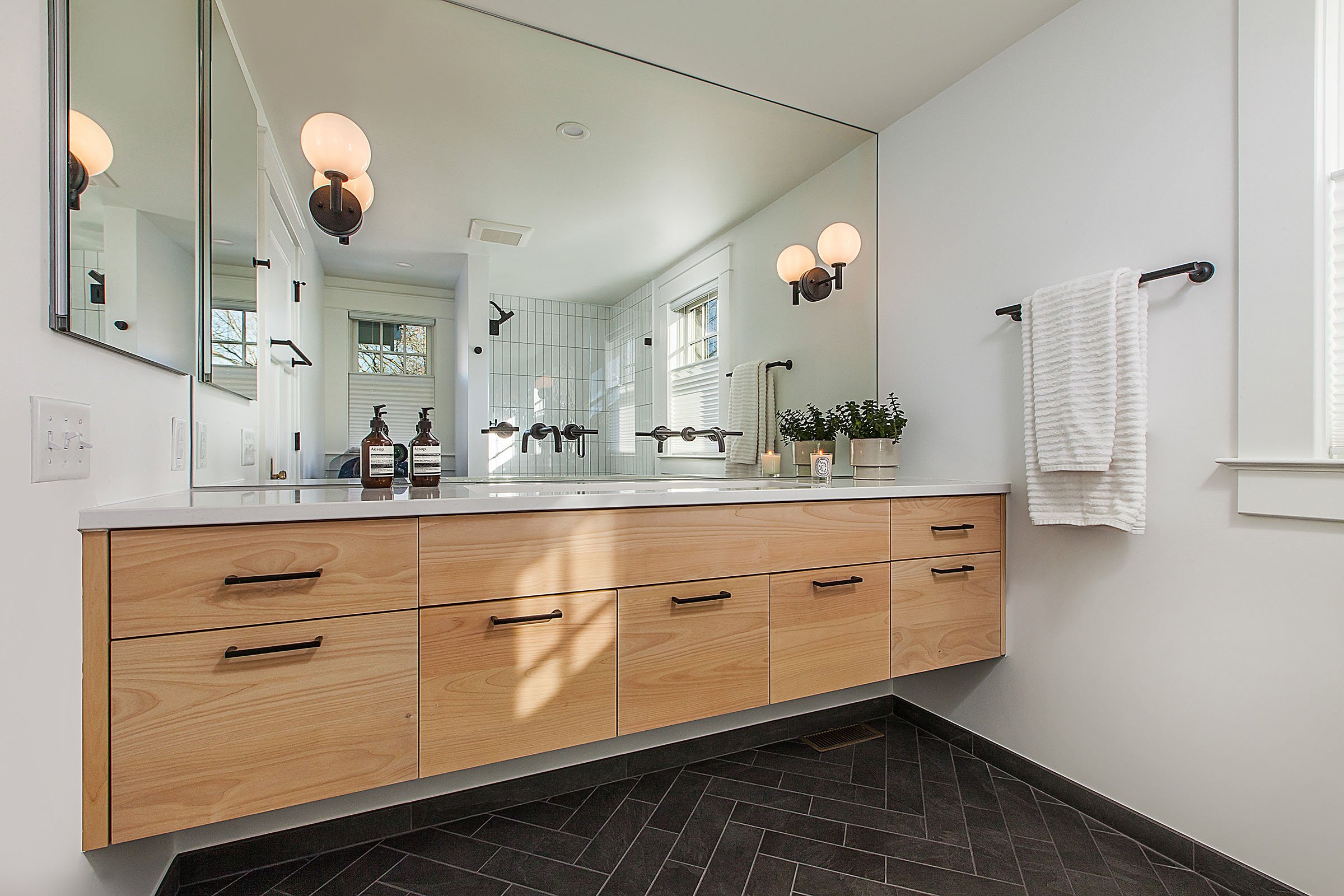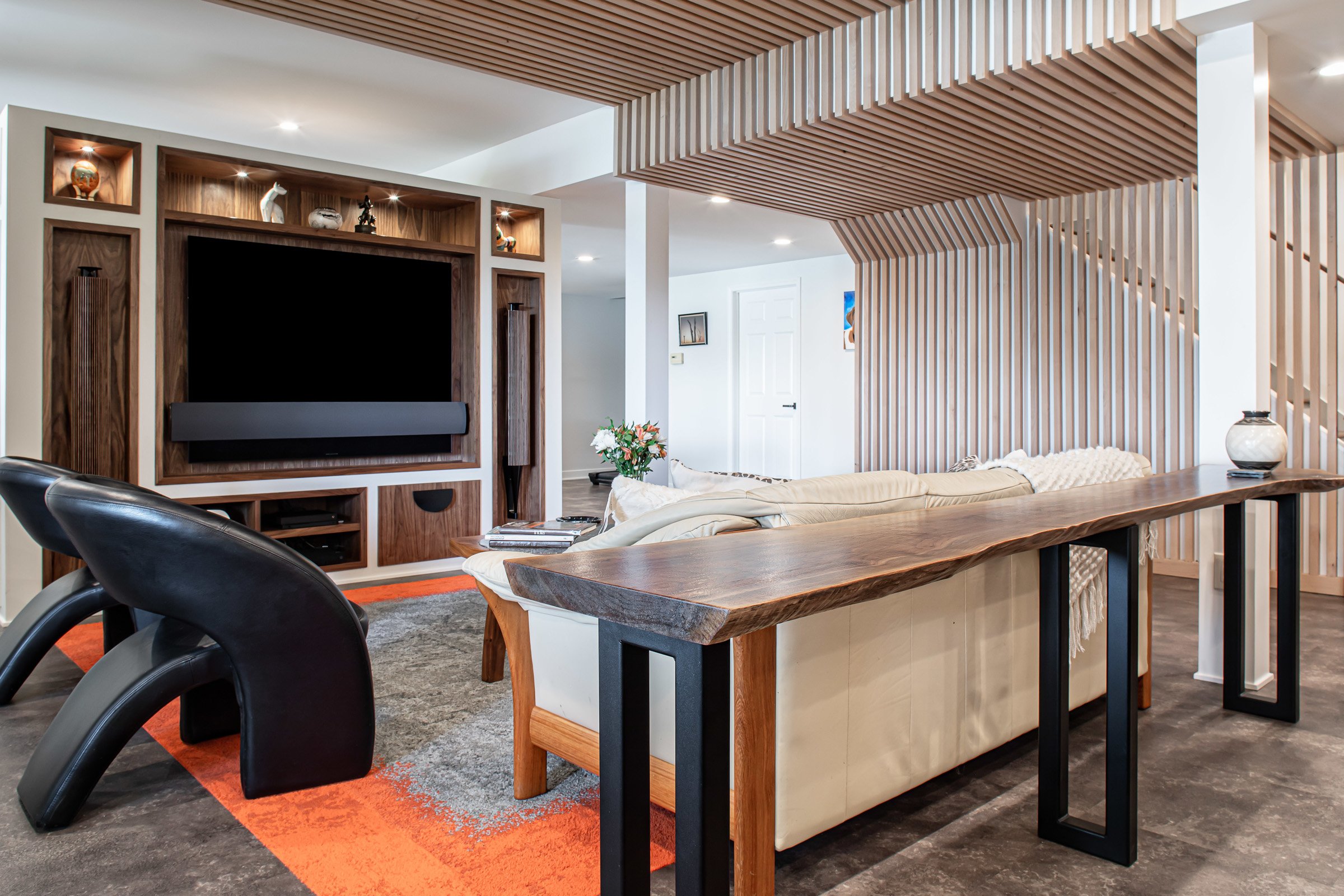1 min read
Riding the Renovation Rollercoaster: The Emotions Behind a Remodel
Every home remodeling journey comes with its own set of emotions, and no project is without its ups and downs. After remodeling homes in the greater...
4 min read
Meadowlark Design+Build : August 14, 2022

Indoor air quality hasn’t always been a topic of concern for businesses and homeowners. Thinking back to the times where smoking was permitted inside public buildings will quickly remind you of that! But as we’ve continued to learn more about poor air quality’s harmful effects on our health, we’ve seen changes made in facilities and homes across the United States.
If your home’s indoor air quality isn’t where you’d like it to be, read on. We’ll cover some information on how to improve it, including installing the right air purification system for your home.
Your home is likely the indoor environment where you spend the most time. Therefore, there’s no other place where indoor air quality is more important to your health and wellbeing.
Breathing healthy, unpolluted air is essential to reduce your risk of various illnesses and chronic conditions. In fact, poor indoor air quality is associated with a bunch of health problems that you probably weren’t aware of, including:
Respiratory illnesses, including nose, mouth, throat, and lung irritation
Moderate to severe allergic reactions
Complications for lung conditions like asthma
Complications for heart conditions like cardiovascular disease
Cancers
Carbon monoxide poisoning
Headaches & fatigue
As you can see, poor indoor air quality within your home can either intensify current health issues or create new ones. Installing an air purification system for your home can help improve indoor air quality and avoid those problems.
You can either buy an integrated air purification system for your home or build your own, picking and choosing the components you’d like to install based on your specific health needs. While the end goal is the same — filtering out harmful particles and “cleaning” the air you breathe in — there are many air purification components and systems that can help get you there. We’ll list five of the most common below.
The primary component of maintaining excellent indoor air quality is your main duct system itself. Duct systems that are well-built and allow air to move efficiently throughout your home can greatly improve indoor air quality.
So what makes a good duct system? For starters, your duct system should be computer-modeled with proper airflow to and from each room. It should also be designed with sheet metal ducted cold air returns. Unfortunately, too many builders use the framing spaces and drywall as cold air returns, which makes for poor airflow and poor air quality.
The main goal here is to get laminar, orderly airflow. Your ducts should have soft sweeps instead of hard, 90-degree angles. They should also be sealed with mastic and kept within the conditioned space of a home — never outside of it, even if it has an insulation wrap.
Once you have a well-built duct system that moves air efficiently, you should next look into an air filtration system. This is a relatively low-cost upgrade that can greatly improve the air quality within your home.
When on the hunt for an air filtration system, there’s one important metric to be aware of: a MERV rating. MERV stands for “minimum efficiency reporting value” and measures the effectiveness of an air filtration system on a scale from 1-16, where 1 is the highest filtration and 16 is the lowest. Typically, you’ll want to look for at least a MERV-10 filter. Sometimes, you can even go as far as MERV-13 and still get good, healthy airflow.
Once exception? High-efficiency particulate air (HEPA) filters. HEPA filters with as low of a rating as MERV-16 can still be effective air cleaners. However, they usually need to be installed in a separate branch of your duct system. They can impede airflow too much to be integrated into a normal return duct system.
A home built with energy-smart techniques will likely be a home that’s tight enough to need a ventilation system. For that, there’s no better option than an energy recovery ventilator, or ERV.
An ERV exchanges fresh outdoor air for stale indoor air, while also imparting the energy and moisture content of the outgoing air to the incoming air. When you’re in a home with a tight envelope, this can be critical in maintaining a healthy amount of clean and tempered fresh airflow. It’s also one of the air ventilation and purification systems that can help you save a lot on energy costs.
You can learn more about ERVs, how they work, and how they could be a beneficial addition to your home in this blog post.
In addition to properly ventilating and filtering air, you could also install a biocide chamber. A biocide chamber uses ultraviolet (UV) light to actively kill bacteria, viruses, and mold spores in the air. Of course, once killed, these particles still need to be filtered out of the air, but at least they won’t reproduce.
When it comes to home air purification, most people think mainly about filtration. However, there’s another important part of the air that could affect human health: moisture content.
A building with around 30-40% relative humidity in Michigan winter will feel comfortable without drying out skin and nasal passages too much. Ideally, you’d like your home to be closer to 45% relative humidity in the winter, but that could mean more condensation and mold.
In Michigan summertime, however, you have the opposite problem. You should try to get rid of humidity and keep your home below a 60% humidity level. A tight, well-built home shouldn’t need much air conditioning to stay cool though, so you may have to dehumidify to keep comfort optimal. Investing in humidifiers and dehumidifiers, and using them appropriately during each season, can make a big difference in the comfort and health of your home.
As Ann Arbor’s leader in green building, our team can design and build a home that matches your lifestyle and design tastes while also doing good for the world around you. If you’re looking at new air purification systems for your healthy home (or any other green building technology for that matter!), we’re happy to help.
Give our team a call at (734) 332-1500 or contact us online to get started on your project.

1 min read
Every home remodeling journey comes with its own set of emotions, and no project is without its ups and downs. After remodeling homes in the greater...

Transforming your home is not just about aesthetics; it's about finding solutions that fit your budget and lifestyle. When upgrading your kitchen or...

We’re thrilled to be featured in The Scout’s Guide’s latest piece, “How to Upgrade Your Basement, According to the Experts.” We invite you to check...